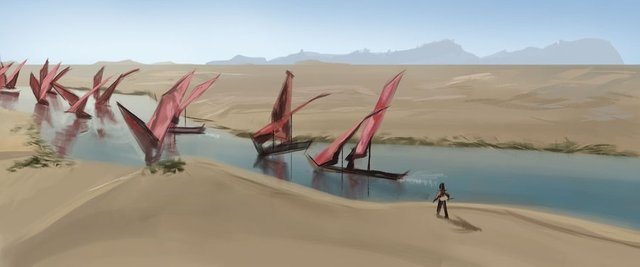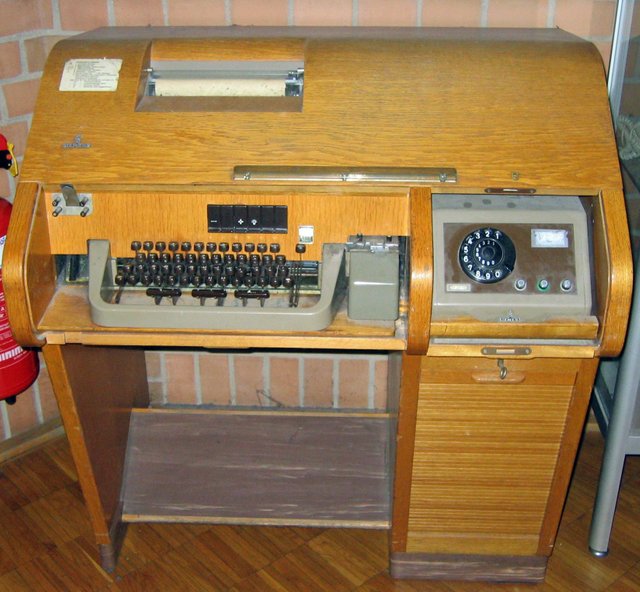Development of information transfer.

(img released under pixabay.com)
Imagine that in the distant past information was transmitted by the smoke of fires, by blows on the signal drum, by the sound of pipes through a developed network of signal towers. And today, we can instantly receive and send messages, money, photos, etc.
But which method of information transmission was the first?
200 000 years BC
The first way to communicate was sign language. But there were also sound signals.
If the settlement was in danger, the sentry beat with a stick on the tree, attracting the attention of the hunters. The next stage of the development of communications was rock carvings. Thus, people shared their thoughts and taught the younger generation.
Then the person learned to receive fire, which also served as the transmission of information. The fire could be seen from afar at night, and in the daytime, smoke could be clearly seen.
10 000 years BC

(img released under polycount.com)
The next stage in the development was the good old messengers. Then a letter appeared. The speed of information transfer did not increase, but significantly increased the reliability of transmitted information by eliminating the human memory factor.
5,000 years BC

People noticed that pigeons can return to their nest even thousands of kilometers away. So the first pigeon mail was born, but the pigeon's mail has a serious minus - the bird flies only to its nest. Therefore, to deliver the letter, you need to carry pigeons with you. But the bird's flight speed (reaching 100 km / h) partially compensates for this disadvantage.
There are many different legends about post pigeons.
One legend tells of the family of the Rothschilds.
Nathan Rothschild, received news of the defeat of Napoleon in Waterloo, two days before the official news. What gave him the opportunity to earn $ 40 million.
3 000 years BC
People tamed a horse, which undoubtedly affected the quality of land communications. After all, a person moves at a speed of 60 km / h, and a horse at a speed of 60 km / h. Every 2-3 kilometers, transplant stations have been created where the messengers changed their horses and moved on.
Our era
The first attempts to create communication facilities using electricity were in the second half of the 18th century.
- 1774 - Physicist Georg Lesage, built in Geneva the first working electric telegraph
- 1792 - French mechanic Claude Chappe creates a system for transmitting information using a light signal. This system, called the "optical telegraph".
- 1800 - the Italian scientist Alessandro Volta discovered the first chemical source of current, which was the beginning of telecommunications. Then the communication revolution began.
- 1809 - The German scientist Samuel Thomas Semmering built and tested an electrochemical telegraph.
- 1832 - Russian scientist Pavel Schilling creates the first electromagnetic telegraph.
- 1833 - German scientists Karl Gauss and Wilhelm Weber built an electric telegraph in Germany
- 1837 - British inventors William Fostergill Cooke and Charles Whitstone created the first commercial system of the Electric Telegraph.
- 1840 - Samuel Morse patented telegraph in the US.
It should be noted that telegraph devices of German and British scientists are electromagnetic devices of the arrow type. Morse apparatus was electromechanical. - 1843 - Scottish physicist Alexander Bain created an electric telegraph construction that allows images to be transmitted over wires.
- 1858 - Transatlantic telegraph communication was established.
- 1985 - Russian scientist Alexander Stepanovich Popov created the first prototype of radiotelegraph.
-1897 - With the help of wireless telegraphs Popov for the first time carried out the reception and transmission of messages between the shore and the warship.
Within a hundred years of telegraphic development, people came to the fact that they already had the opportunity to transmit information over long distances. And over the next hundred years of development, telegraphy developed to the level of an international network. So, in 1970 Telex network was a network, uniting subscribers from more than 100 countries.!
Telegraph Telex Siemens T100

The creation of telephone communication began around the same time that telegraph communication was actively developing:
- 1861 - German physicist and inventor Johann Philippe Reis demonstrated a device that allowed the transfer of musical melodies and human speech on wires. The device was called - telephone
- 1876 - Alexander Graham Bell patented "talking telegraph".
- 1878 - Pavel Golubitsky has developed a phone of original design. It used several permanent magnets, and capacitors were added.
- 1885 - Golubitsky developed a system for the centralized supply of microphones for telephone sets.
- 1877-1878 Thomas Edison transformed a carbon microphone. Replace the carbon rod with carbon powder. This microphone was used almost unchanged until 1990.
- 1927 - The first commercial conversation took place between New York and London.
By the 1960s, the development of telephone and telegraph communication developed to the maximum. And from that moment, the development of the Internet began.
How did it all start?
- 1960 - Leonard Keijnrok publishes an article that outlines the way a package of information is sent.
- 1963 - John Liklider (head of the ARPA computer lab) offers the first detailed concept of a computer network.
- 1967 - the creation of ARPANET begins.
- 1969 - Leonard Keinrock, along with his team from the University of California, successfully connected the computer to the router (network data transfer device), thus creating a network to which leading laboratories and research centers of the United States subsequently joined.
- 1971 - Ray Tomlinson is a computer programmer from Bolt Beranek and Newman develops e-mail system.
- 1974 - the first commercial version of the network opens - Telenet.
- 1976 - Robert Metcalf creates the first local computer network - Ethernet
- 1982 - ARPA has created a unified network language TCP / IP. representing a high-speed backbone, providing physical communication between nodes (hosts).
- 1991 - The European physical laboratory CERN has created a protocol for everyone - www - World Wide Web.
- 1993 - At the University of Illinois, Mark Andresen created the first Internet browser called Mosaic.
This is a brief description of how information technology has evolved. To date, the number of active Internet users (according to public sources) exceeds 2.5 billion users, and this is not the limit ...